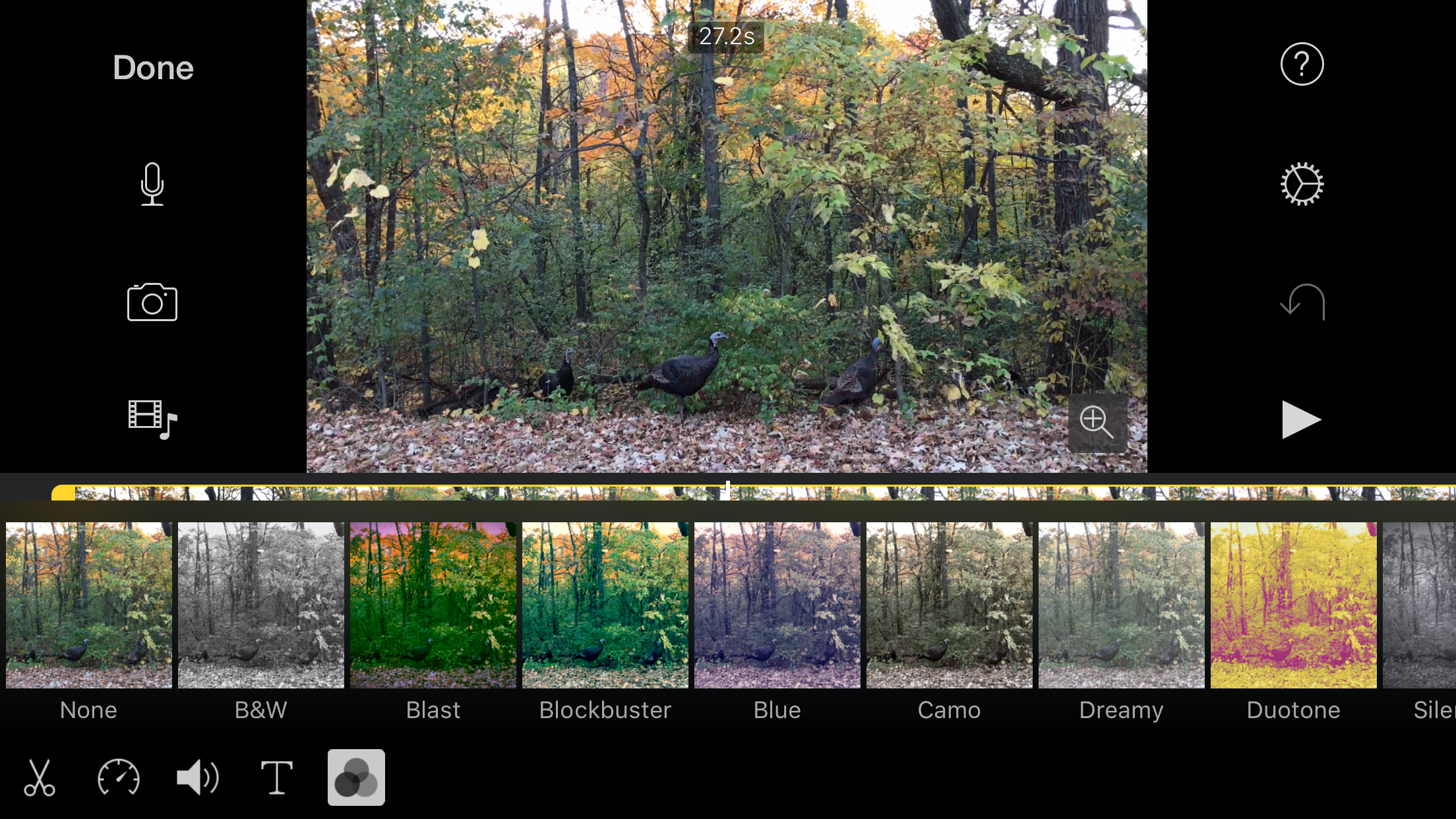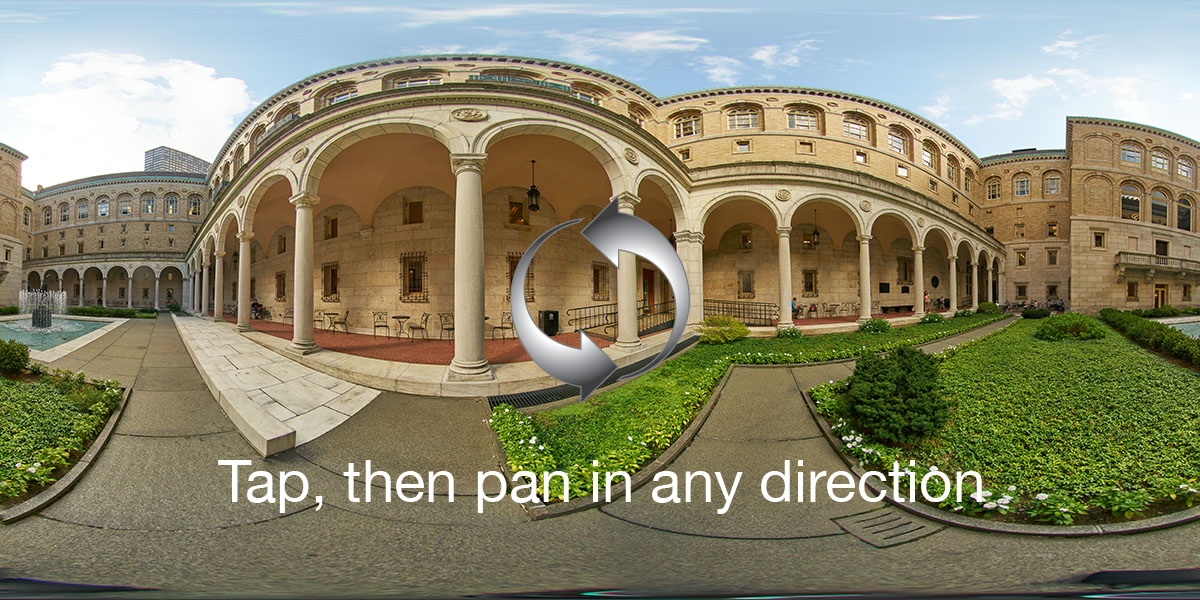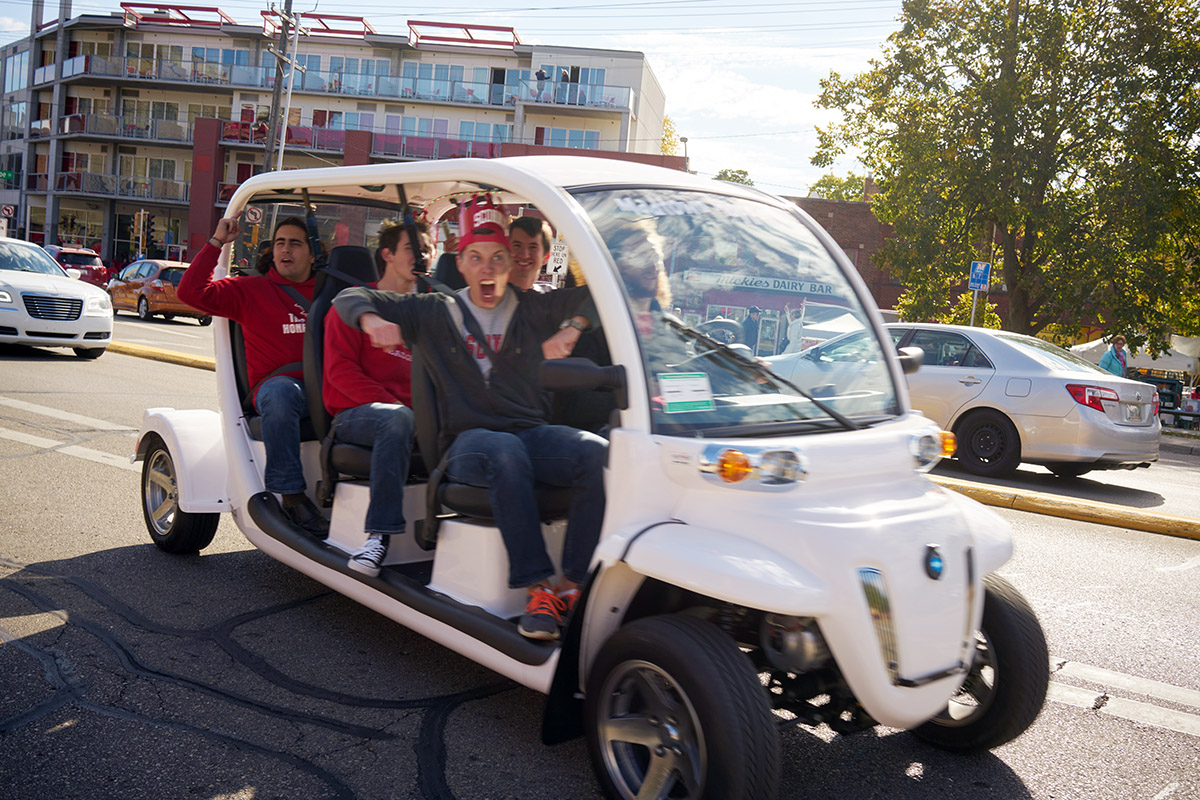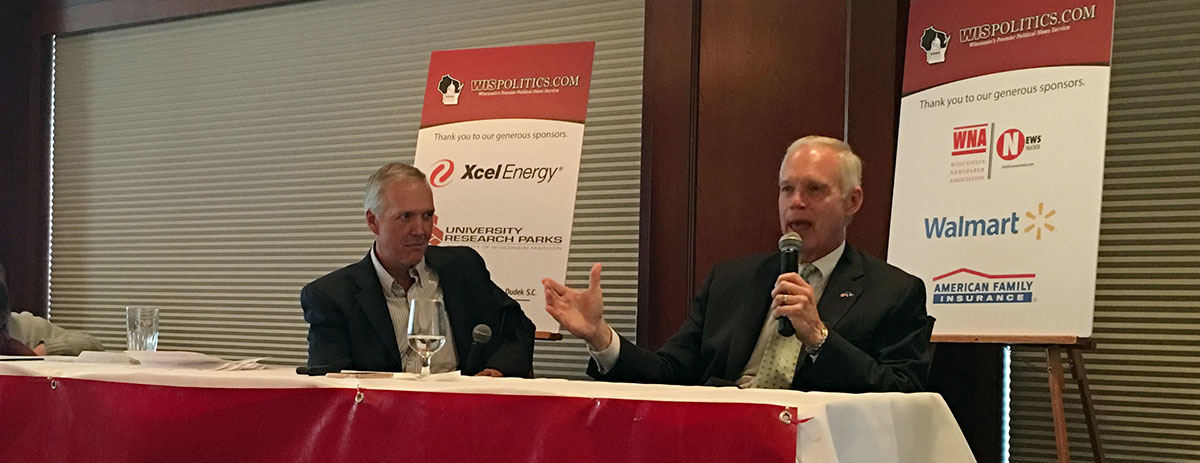Jenn Abelson, Jonathan Saltzman, Liz Kowalczyk and editor Scott Allen.:
Wood, chief of MGH’s orthopedic spine service at the time and a nationally renowned practitioner in his specialty, is a confident, veteran surgeon. He would need all of his talent and confidence this day, and then some, as he planned to tackle two complicated spinal surgeries over the next many hours — two patients, two operating rooms, moving back and forth from one to the other, focusing on the challenging tasks that demanded his special skills, leaving the other work to a general surgeon, who assisted briefly, and two surgeons in training.
In medicine it is called concurrent surgery, and the practice is hardly unique to Wood or MGH. It is allowed in some form at many prestigious hospitals, limited or banned at many others. Hospitals that permit double-booking consider it an efficient way to deploy the talents of their most in-demand specialists while reducing wasted operating room time.
For patients, however, it can come as an unsettling surprise — especially when things go wrong.
Waiting for Wood in operating room 72 that day in 2012 was Tony Meng, a 41-year-old father of two from Westwood who had been diagnosed that summer with a serious degenerative condition that constricted his spinal cord, causing pain, tingling, and numbness. To relieve the symptoms, the surgeon would have to slice through the front of Meng’s neck, navigate around arteries that supply blood to the brain, and remove parts of his vertebrae.






















